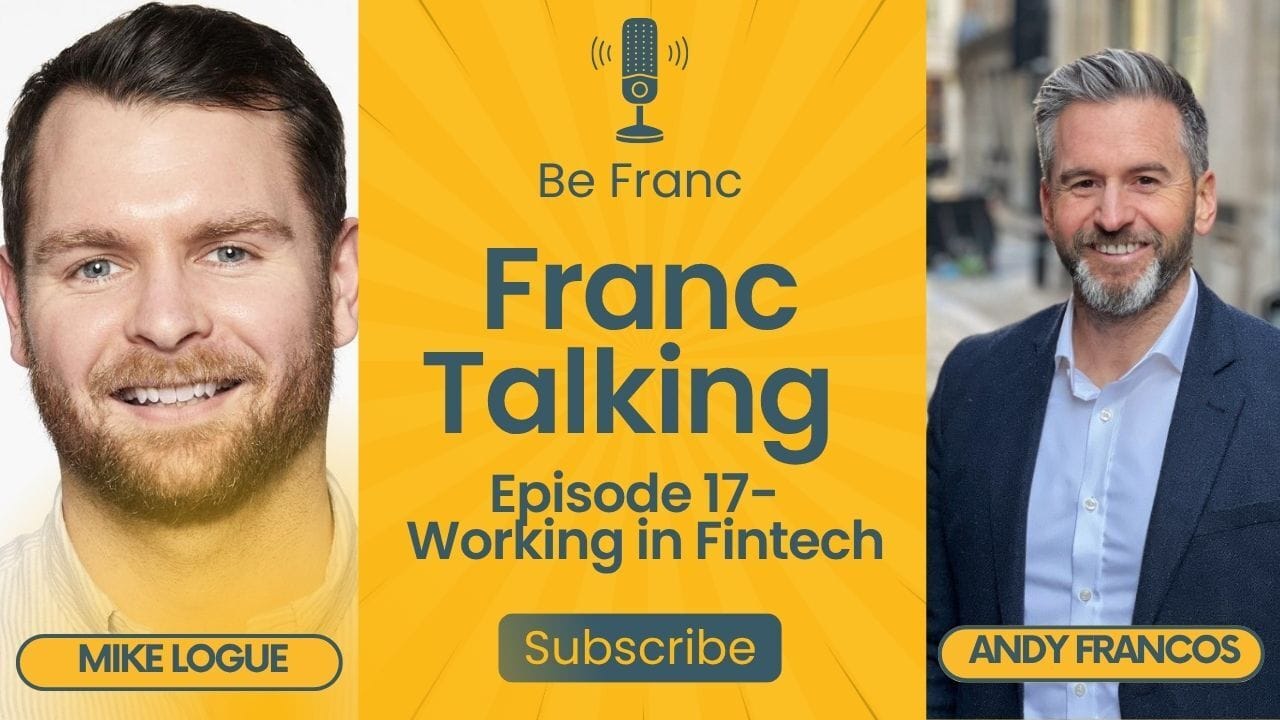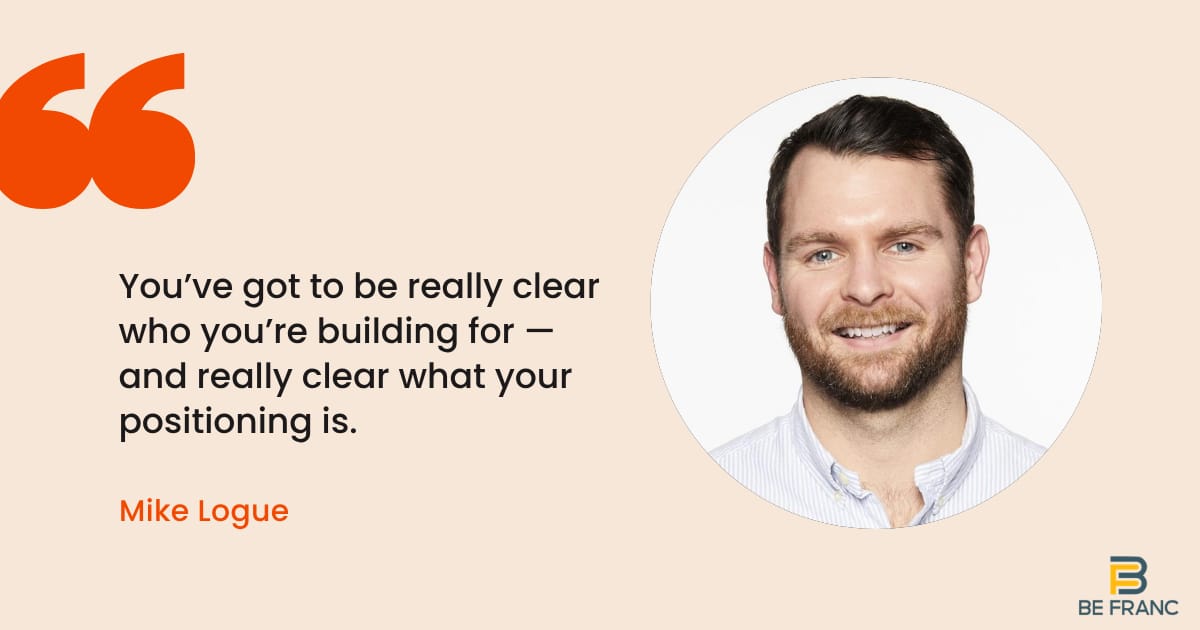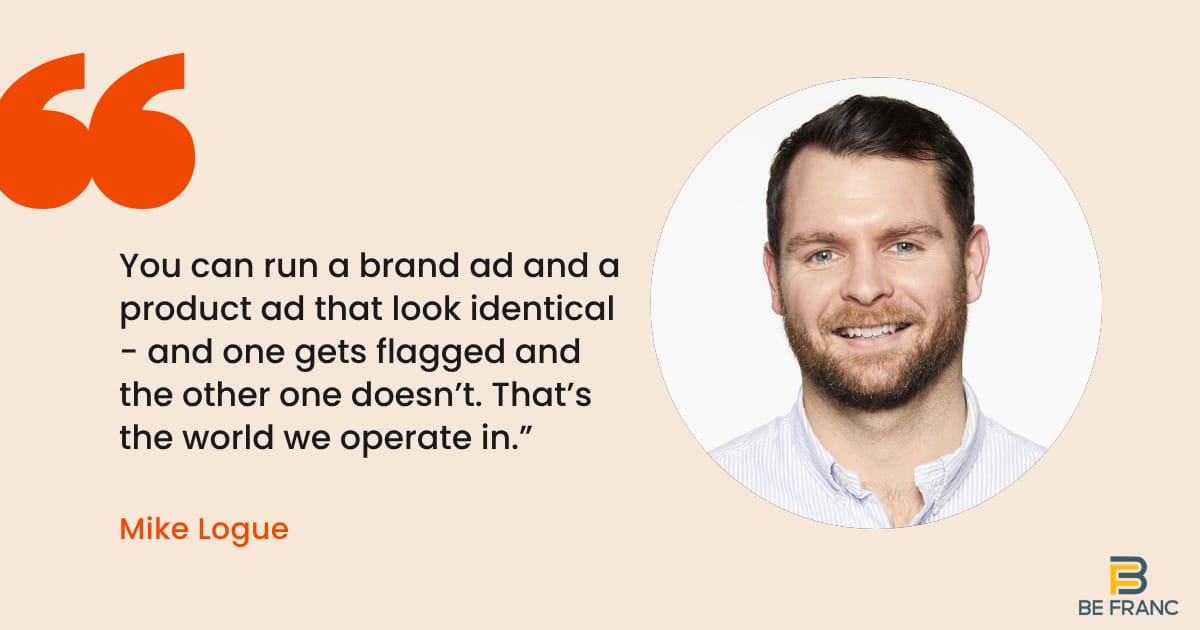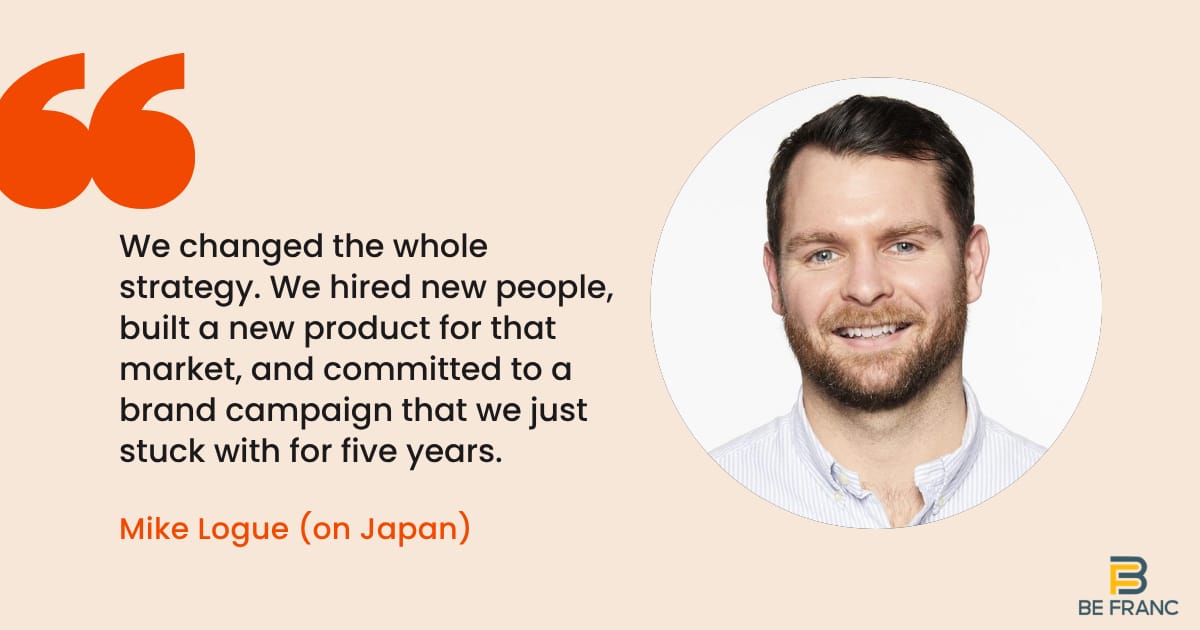
The Future of AI in Marketing. Your Shortcut to Smarter, Faster Marketing.
This guide distills 10 AI strategies from industry leaders that are transforming marketing.
Learn how HubSpot's engineering team achieved 15-20% productivity gains with AI
Learn how AI-driven emails achieved 94% higher conversion rates
Discover 7 ways to enhance your marketing strategy with AI.
📖 What I have been reading this week in business, marketing & tech
- China and Developing Nations Trust AI the Most, UN Survey Finds
- These Startups Are Helping Businesses Show Up In AI Search Summaries
- Chinese Tech Giants Have Big Ambitions in Brazil (sub required)
- Nearly half of UK investors turn to social media for financial information (sub required)
- WhatsApp banned on House staffers' devices
- The Global A.I. Divide
- Meta wins AI copyright lawsuit as US judge rules against authors
- Apple announces sweeping App Store changes in the EU
- Meta hires key OpenAI researcher to work on AI reasoning models
- YouTube adds an AI Overviews-like search results carousel
- How Claude became an emotional support bot
- AI Search Currently Drives Less Than 1% of Traffic To Most Sites
- As AI kills search traffic, Google launches Offerwall to boost publisher revenues
- OpenAI, Microsoft Rift Hinges on How Smart AI Can Get
- TikTok, Instagram Plot TV Apps Following YouTube’s Success (sub required)
👆 Tap-worthy reads from this week.


👋 Got 30 seconds?
If you’ve got half a minute spare over your morning espresso, I’d really appreciate you taking 30 seconds to fill in this short survey.
No weird questions — just a few quick ones to help me better understand who’s reading this, so I can keep improving and work more efficiently with the right partners.
Bonus: I may run a small prize draw with one respondent chosen at random.
Take the survey

📚 New here? Catch up on these popular reads:
🎯 Digital strategy, flawed attribution & sceptical thinking in the AI age
A look at how most digital strategies are broken—and what to do about it in a world dominated by AI noise and flawed funnel logic.
🔍 Google just launched the future of search (AI Mode)
Google’s AI Mode is live—what it means for SEO, how ChatGPT changes visibility, and why brands must rethink discoverability now.
⚙️ Technical SEO in 2025: why site health is key for AI success
Video + commentary on why technical SEO is having a renaissance—and how site architecture affects AI-powered rankings.

